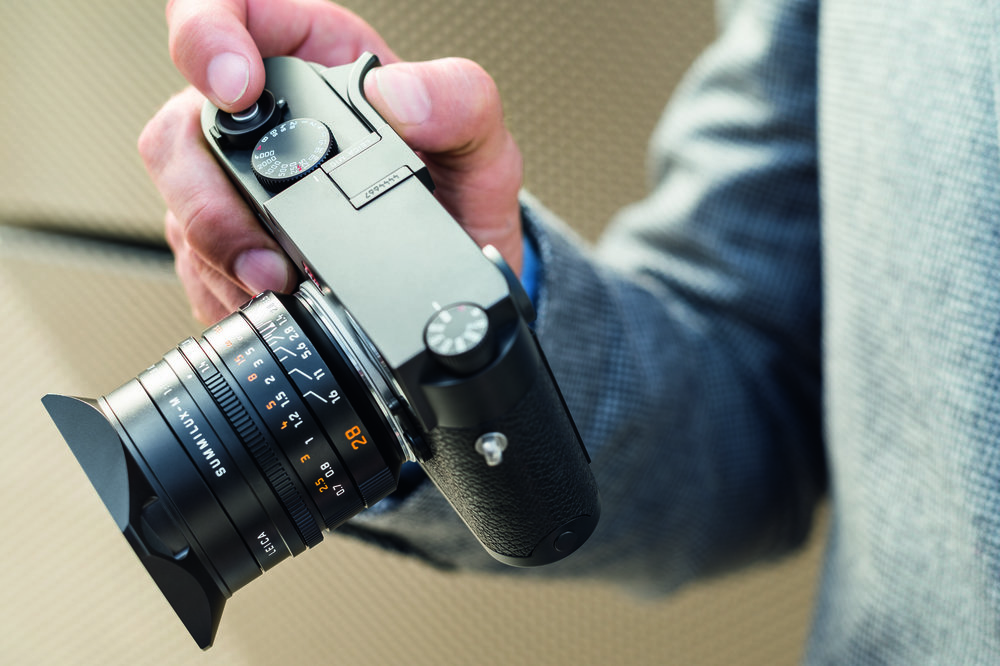
My own black-chrome Leica M10 has now arrived. I collected it yesterday from Red Dot Cameras in London. I was a bit slow on the draw this time — in 2015 I was the one of the first in the UK to get my hands on the Q and last year, again, I scored first place for the M-D. This time, however, there was a bit of dithering and when I placed my order at Red Dot I was already down the queue. I had to wait my turn in the scrupulously fair order of precedence at Red Dot.
Already, I know I am going to like the new M10 and it will certainly be my favourite, just as I had my favourites in 2015 and 2016.
The Leica Q was a revelation when it arrived in mid 2015 and it rapidly became my camera of the year. I took it everywhere, from York to Switzerland, from Berlin to Hong Kong, and it proved to be a great travel companion. Last year my camera of the year was a rather idiosyncratic choice. By rights it should have been the SL, but this isn’t a camera I felt I could carry everywhere so it failed to cut the mustard — for me, you understand. Instead I fixed on the screenless M-D, a very bold experiment for Leica that has paid off handsomely. There is just something about the simplicity of the M-D that grabs the attention and devotion of the rangefinder fan. I’m now looking forward to the M10-D.
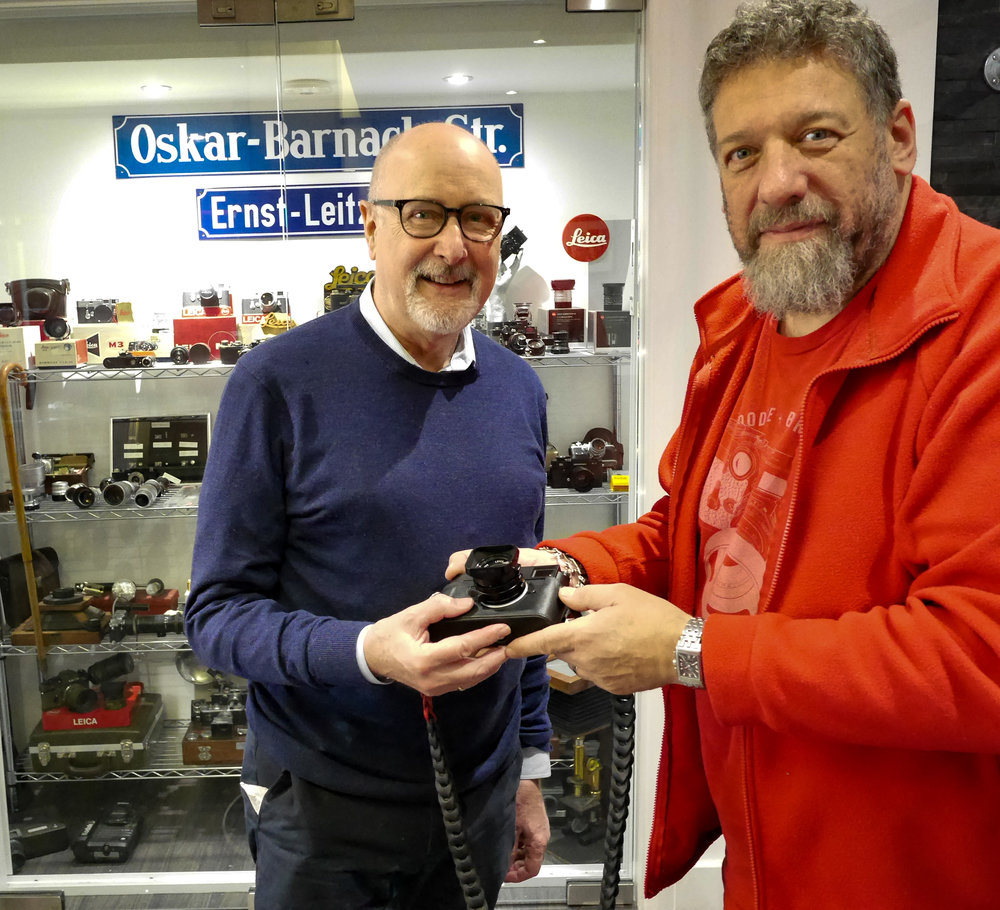
Back to the M7
For 2017, though, I have just found my Leica of the year. The M10 is a milestone in the development of the digital M. It takes us back to the look and feel of a film camera but provides excellent digital image quality and just enough electronic gizmos to satisfy rather than overwhelm. It is as though previous M digitals never existed. Nothing is perfect, but the M10 comes closest to the rangefinder ideal that enthusiasts have been searching for ever since the M8 arrived in 2006.
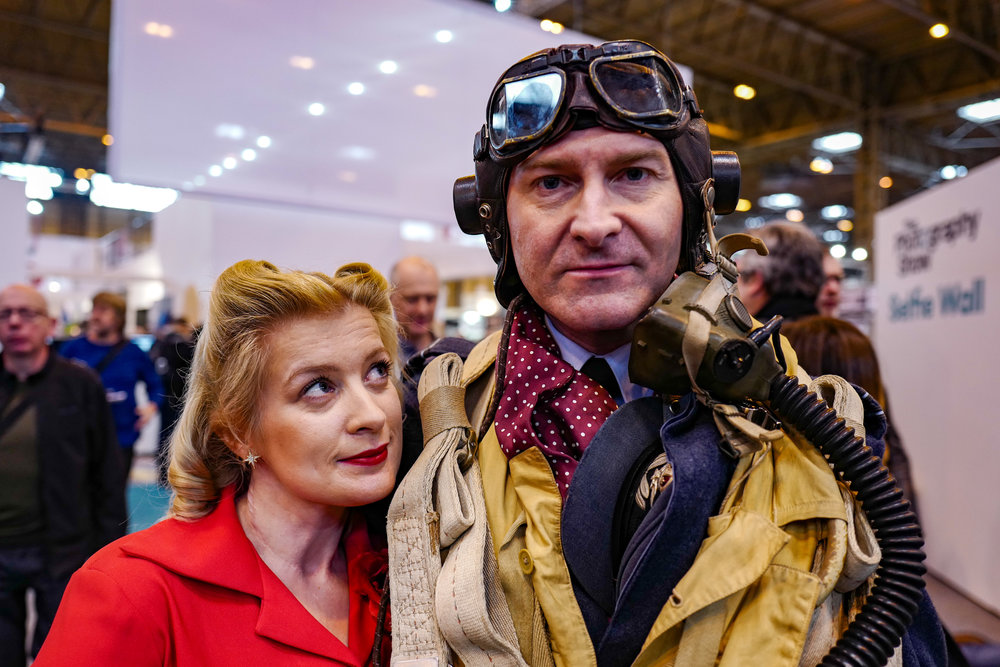
I remember Leica’s Product Manager, Stefan Daniel, telling me during Photokina 2014 that the company’s objective was to produce a digital rangefinder that had the same overall dimensions as the M3, a camera that would look and feel just like the original of the species. Well, they’ve done it. The M10 is 33.7mm deep, almost identical to the M3, and its overall dimensions exactly match the M7. Both the M7 and M10 are a tad higher than the M3 — blame the electronics — but this doesn’t matter so much, it is the feel in the hands that counts. After my first hands on at Leica Mayfair on launch day I knew that the M10 is just like a film camera to hold.
Leica need commending on having brought the M10 back to basics. The deletion of video, which undoubtedly helped save a few mms and gs here and there, is a pragmatic decision prompted by almost universal user demand. The simplification of the control and menu system is another step in the right direction. And the brilliant transformation of the film rewind knob into an ISO dial is a design cue that instantly differentiates the M10 from all previous digital Ms.
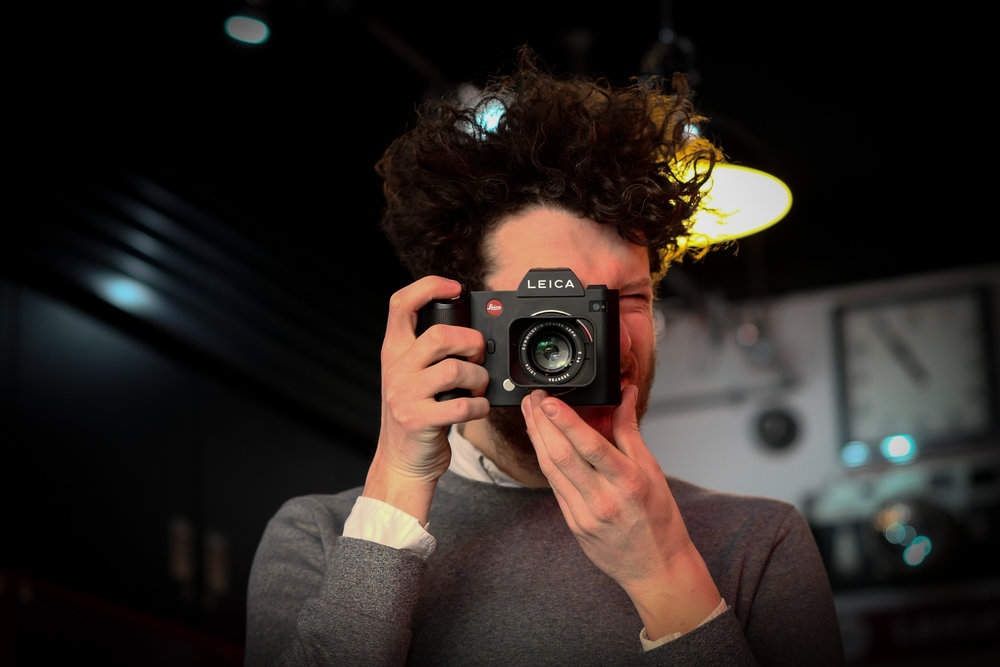
SL guarding M10’s back
What we should not forget is that in answering an undoubted demand for a simpler digital rangefinder, Leica is not leaving its flank exposed. Those who desire more facilities, further options and features such as video, have other cameras in the range to focus on. Without doubt the main reason Leica could afford to introduce the M10 in its stripped-down form is the presence in the range of the SL. The SL does everything, including operating effectively with M lenses, and is the natural port of call for the more electronically motivated buyer, or the user who really must have autofocus.
Back in 2012 when the M240 was introduced, Leica did not have this luxury. The M240 was it. Leica had to tick as many boxes as possible, including offering video, simply to compete with the ever-growing competition. The heat is off in 2017 and the Leica range is all the better for it. We now have a choice, not a compromise.
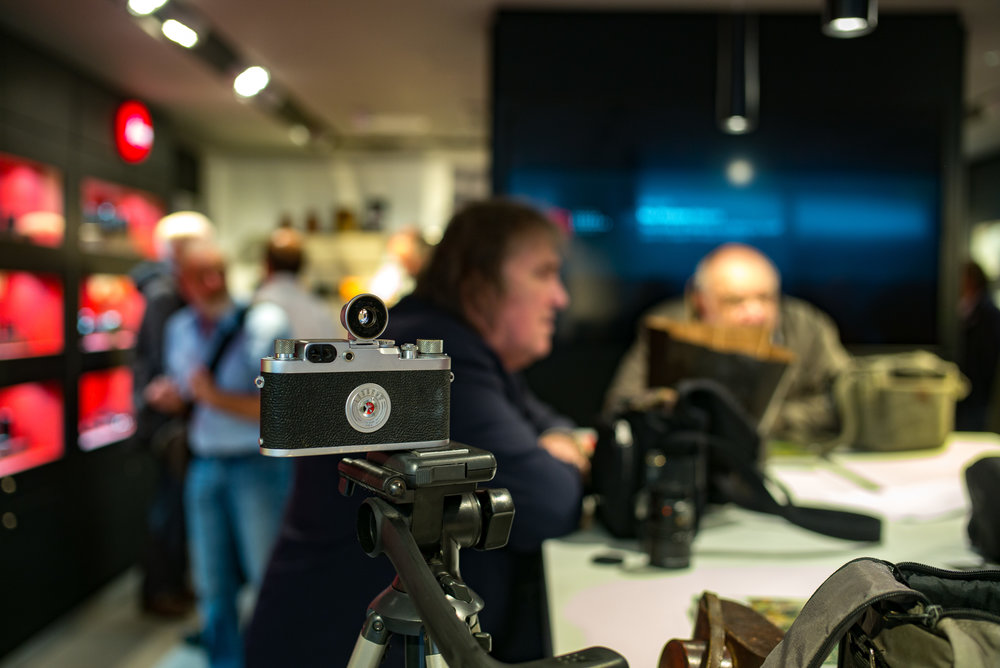
One bright spark on Facebook wrote off the M10 as “the Sony M10”. Nothing could be further from the truth. The A7 series, as I know from experience, is fully featured but highly complicated — with a menu system that could have been designed by Alan Turing on a dark night at Bletchley Park, such is its impenetrable nature. It is a great little camera, commendably small for what it does and ideal for those who hate rangefinders. But it is a complicated beast if you prefer the simple life. The M10, in contrast, is focused, simple and adorable.
My plan is to use the M10 as my rangefinder for the year, a regular companion. I will also be evaluating the M10 as a replacement for the SL. Although I love the SL for what it can achieve, I find the weight just too much. If I can get most of what I need with the M10 I might decide not to keep the SL. It’s all in the air at the moment.
Throughout the year I will be reporting on my adventures with Leica’s new filmy digital. Watch this blog.
________________
- Subscribe to Macfilos for free updates on articles as they are published. Read more here
- Want to make a comment on this article but having problems? Please read this

Congratulations Mike, I am looking forward to further updates. Personally, I will wait for a while, mainly to avoid that red dot (not RedDot :)) which I think despoils one of the most beautiful designs ever.
On a slightly different note, I was wondering whether you or other friends had ever heard of the "Thumbie", I don’t know where I saw it, but I thought it was worth a £30 punt, and I must say, it seems ideal.
This thingy is a variation on the excellent Match Technical "Thumbs Up" with two material differences, the first and foremost being that this unit is installed using adhesive tape rather than being mounted in the hot-shoe. Clearly the installation must be able to cope with everyday use and not fall off, which might be very annoying and if not using a strap, potentially destructive. The manufacturer assures us that the tape used is reliable and he gives instructions for its installation and subsequent removal (if needed).
As we know, the M240 and the new M10 employ the optional use of an accessory EVF, which is mounted on the hot-shoe, other thumb-grips would have to be removed before mounting, which might become a bit of a bore.
The second thing is relatively minor, but it is the price, the Thumbie being around a quarter of the price of other offerings.
The usual rider applies here… This device and its marketing have nothing to do with me guv, I am a mere punter who is initially impressed, hopefully that will continue to be the case.
Stephen, you are quite right about the conflict between the viewfinder and the thumb grip. I have both and I am sure it will annoy me — not the fiddling so much as the fact that when I’m using the viewfinder (possibly with larger, heavier lenses) I have to do without the thumb grip. The Thumbie could be the answer. I found this review of the M240 grip which you have:
https://scenictraverse.com/blog/2016/7/12/review-thumbie-for-leica-m-type-240
Have you yet taken it off to see if there is any residual stuff on the camera body?
I haven’t tried to remove it yet, but the manufacturer provides instructions for both fitting, as demonstrated in the URL that you provide, and removal.
"To remove the grip, do not use levers, knives or solvents. Grasp the grip firmly and TWIST, do not pull. You will need to use much more force than the grip would encounter in normal use, but after two or three firm twists the foam core of the tape will tear, allowing you to pull the grip away. It won’t look pretty at first, but the remaining tape is easily rolled up by rubbing your thumb across it. Finally polish any residual glue off with a dry cloth and the camera surface should be as good as it was before. If glue still remains, a soft cloth and a small drop of white spirit is the best cleaner."
A few years back I had a Vauxhall flavoured Saab, and the Saab badge, as on nearly every example of this car had lost its mojo (paint peeled and faded). The removal and replacement of the badge with its very similar adhesive foam tape was as described above… I am sure we have all been in a similar position at least once.
However, the beauty of this, as you say Mike, is that it does not need to be removed in order to be able to use hot-shoe mounted accessories.